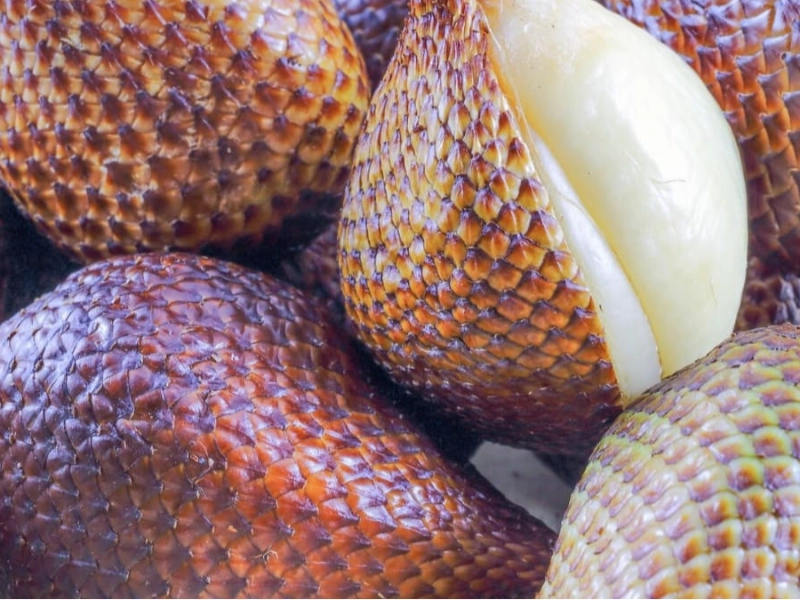Among the most fascinating tropical fruits in Southeast Asia is snake fruit, sometimes called Salacca zalacca or salak. With its unique scaly look like snake skin, this amazing fruit has enthralled foodies and curious diners all around. Beyond its distinctive appearance, this gem of amazing qualities awaits: from its great historical importance to its outstanding nutritional value. With a particularly startling discovery lying at number 12 that will challenge all you knew about this unique delicacy, this thorough investigation will expose 15 amazing truths about snake fruit.
1. Ancient Origins and Royal Heritage

The historical path of the snake fruit is firmly anchored in Southeast Asian culture, especially in Indonesia where it has been grown for thousands of years. One of the first fruits grown in the area, snake fruit has been found in archaeological digs going back 6,000 BCE. Often delivered as gifts to royalty and nobility, ancient Javanese writings routinely refer to snake fruit as a priceless gift. Considered a symbol of wealth and good fortune, the fruit was very important in customary celebrations. Specialised farming methods were apparently well kept secrets passed down through generations of expert farmers, according to historical accounts The fruit's significance in Indonesian society went beyond its taste since it was included into religious events and traditional medicinal methods. Modern agricultural technologies have helped to conserve and improve these age-old farming practices today, therefore guaranteeing the legacy of this amazing fruit and preserving its historical relevance in Southeast Asian civilisation.
